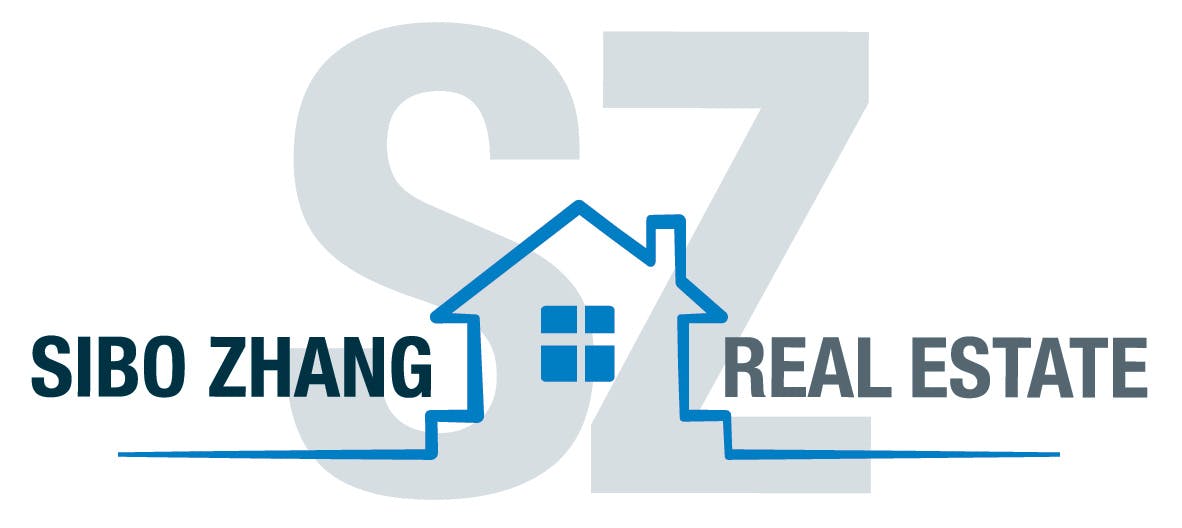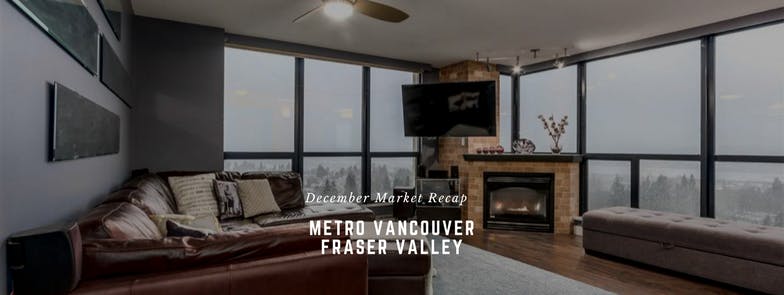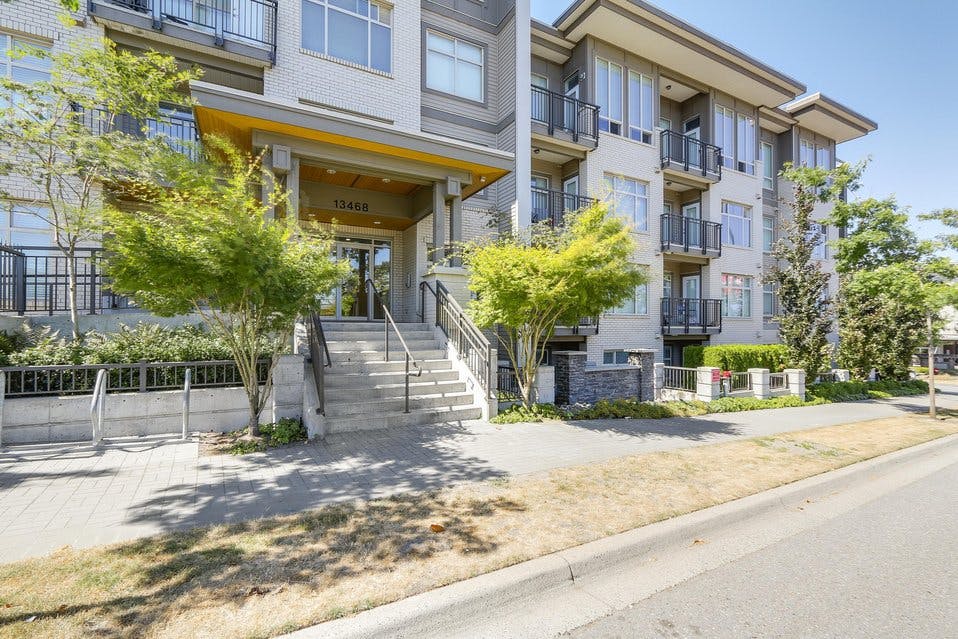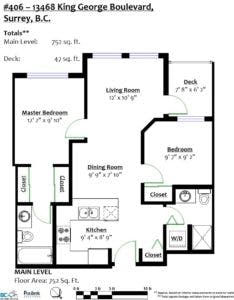With Christmas almost here, I know it’s a bustling time that can also be somewhat stressful even as we enjoy festive activities, often in the homes of our friends and relatives. For my clients who are currently in the market to buy a home, this can also be a good season to refresh your spirits from your hard work, and look forward to next Christmas when you are entertaining guests in your new home. It’s a happy season when we can really appreciate the value of home ownership – something that enhances our enjoyment of life and gives us a sense of stability with a longer-term focus for our daily routines.
The Metro Vancouver housing market has given us a gift this season as well. There were over 4,000 newly listed residential properties in the month of November. On top of that, the composite benchmark price for all properties increased a mere 0.4 per cent from October, so there is good reason to actively pursue the home you want at this time. It’s probably wise to think that the modest monthly price increases that have been occurring over recent months will not continue forever. Keep in mind that this past November’s composite benchmark price was 14 per cent higher than one year ago. We don’t have a crystal ball to tell us when the next major surge in demand may suddenly drive prices much higher, but we can be reasonably certain that Vancouver will continue to attract more home buyers, even at the higher end for a single family detached home which is currently at a benchmark in Metro Vancouver of $1,608.000. Prices above the $1-million psychological threshold that I have talked about for several months will eventually begin to move higher more quickly.
For other property types, the November benchmark price for Metro Vancouver townhouses was $805,200; and for condominiums, $648,200. As with detached properties, a similar modest monthly price increase occurred with a 0.3 per cent increase for townhouses, but for condominiums it was a full 1.0 per cent higher than October. I will monitor this differential in the coming months because I see a possible rate of change widening between townhouses and condominiums. Consider that the six-month differences were increases of 8.7 per cent for townhouses and 11.0 per cent for condominiums; and the twelve-month difference was an increase of 17.9 per cent for townhouses and 23.9 per cent for condominiums. There appears to an upward sloping curve developing faster for price increases of condos, which I will keep you informed about in future newsletters. Below is a breakdown of my suggested areas to look for these two property types based on November’s figures.
For townhouses, there are six areas that showed an increased price of less than 0.1 per cent from October. With their respective Benchmark prices in November, these were: Vancouver West at $1,268,200, an increase of 0.3 per cent; North Vancouver at $983,600, an increase of 0.7 per cent; Vancouver East at $861,900, an increase of 0.8 per cent; Richmond at $805,500, an increase of 0.7 per cent; New Westminster at $682,300, an increase of 0.5 per cent; and Maple Ridge at $532,900, and increase of 0.6 per cent.
For condominiums, there are four areas that showed an increased price of less than 0.1 per cent from October. With their respective Benchmark prices in November, these were: Vancouver West at $811,200, an increase of 0.6 per cent; Richmond at $612,900, an increase of 0.5 per cent; Vancouver East at $540,300, an increase of 0.3 per cent; and New Westminster at $493,900, an increase of 0.6 per cent.
Fraser Valley
The Valley remains a popular area for young families and singles buying their first home. The benchmark price for a Single Family Detached home is still under the $1-million mark despite months of speculation that it would surpass this threshold very soon. The November price of $972,700 was only 0.1 per cent higher than October, so like Metro Vancouver, the monthly rate of increase is still low and generally stable at present. The rate of increase for the same property type from one year ago was 13.5 per cent. It’s probably safe to assume that this rate of increase will continue similarly, or even accelerate over the next year. Even continuing at the same rate, it would mean in one year the benchmark price will be over the $1-million mark. For this reason, anyone looking to buy a Single Family Detached Property in the Valley might want to make that purchase soon. One area that is very close to reaching the $1-million benchmark price are Cloverdale at $998,100, followed by two others: North Surrey at $941,800 and North Delta at $914,900. I would be happy to show you some homes that would be good investments in any of these areas.
The greatest sales activity in the Fraser Valley continues to be in attached homes, with 425 townhouses and 426 condominiums sold in November. The market is still “hot” so I encourage anyone who is really wanting to buy in the region to make an offer without delaying. The average length of time to sell a townhouse last month was 21 days, and 17 days for a condominium. These two property types provide some affordable prices, especially for young singles who are getting into the condominium market for the first time, or young couples who are looking for larger townhouse to start raising a family. The November benchmark price for Valley townhouse was $505,700, and for a condominium $376,700. You can see at these prices why the Valley is so popular. Below, I have selected some areas where I think there are some excellent choices for buyers who are watching current prices.
For townhouses, this month I want to draw your attention to the areas of North Delta, and South Surrey/White Rock. Both these areas have seen an interesting benchmark price change from October to November. They are the only two Fraser Valley areas where the townhouse benchmark has actually decreased. A decrease in price is unusual when so many people are looking to buy, but it does not necessarily mean that the value of the property has decreased. Decreases can occur in short term periods depending on variety of reasons, ranging from the supply-demand ratio to a specific seller’s personal circumstances and desire to sell. In North Delta, the November benchmark price for a townhouse was $564,100, a 2.5 per cent decrease from October. In South Surrey/White Rock, the benchmark price was $642,600, a 0.8 per cent decrease from October. For condominiums, I suggest my clients would find a very nice unit in a price range similar to the Valley benchmark price in the following areas: Here I have also included the one month rate of change since October. There were no decreases for this property type. Starting as far out as Langley, the benchmark price was $389,900, a 2.6 per cent increase; Surrey was at $371,900, a 2.1 per cent increase; North Surrey at $362,000, a 2.0 per cent increase; and North Delta at $328,100, a 0.9 per cent increase.
I am always keeping my eye on market trends, so please give me a call if you have any questions at all about home prices, or what is available for your specific needs. I love to work with numbers, and people, and I am happy to look at your specific requirements to help you with the purchase or sale of your home.
Thanks for reading!
Sibo Zhang, REALTOR®







